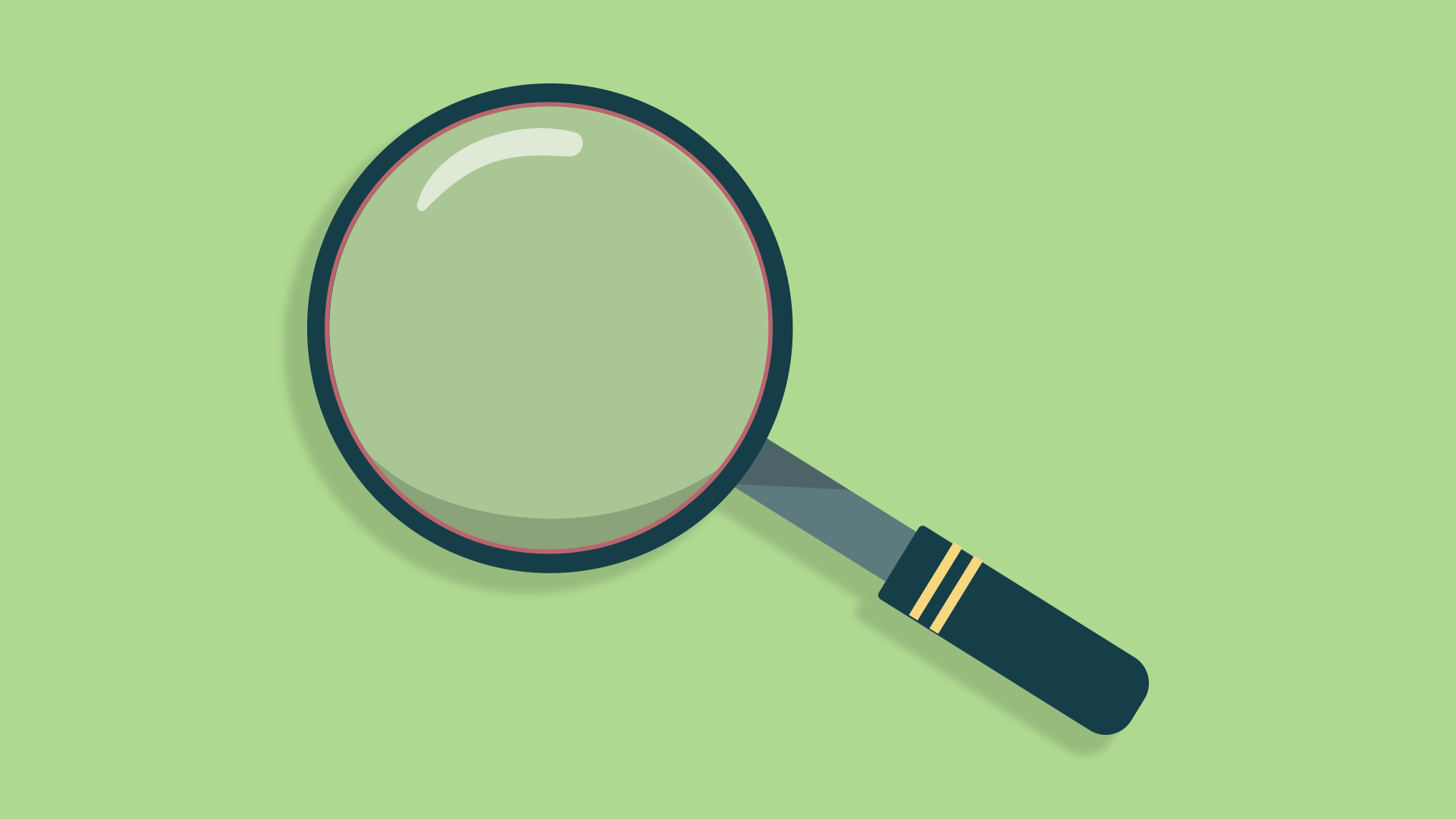Getting to know the female body and sexual pleasure

It may sound like a silly question, but really, do you know how to find the vagina?
A 2016 study by The Eve Appeal showed that half of young women polled couldn’t actually locate the vagina on an image. In fact, many women confuse the external female genitalia, the vulva, with the internal cavern, the vagina. 65% of those surveyed even had difficulty using the word ‘vagina’ itself.
However, there doesn’t have to be so much mystery involved.
Getting to know your body and reproductive system
An important step in taking charge of your own health is to know your body and know how it works. Before you can recognise vaginal problems or make decisions about your sexual health, you need to be familiar with your body and its cycles.
The internal section of the reproductive system is made up of five parts:
- Vagina
- Cervix
- Uterus
- Fallopian tubes
- Ovaries
The outside, external genitalia are the parts that can be seen and touched without having to use any special instruments. This is not to be confused with the vagina - that’s just the inside passage. The main parts of the vulva are:
- The mons pubis, also called pubic mound; that’s the triangle where the pubic hair grows
- Labia majora and labia minora – the fleshy lips or flaps that protect the vaginal opening
- Clitoris - the sensitive tickly area between the labia and the top
Sexual pleasure for women
If you know “what’s what” down there it might help you to experience more pleasure during sex. Not all women have an orgasm every time they have sex; this is usually because their partner “gets there earlier” or they are self conscious and don’t find it easy to let go. That’s why it’s important to find out where the most pleasurable areas are. Most women climax when their clitoris is being stimulated; only a small proportion of women get an orgasm through penetration. In a nutshell, it’s usually your outside genitalia, particularly the clitoris that will give you the most pleasure.
Orgasm is the intense and pleasurable release of sexual tension that has built up from earlier stages of arousal, but there’s no one way that works for every woman to reach an orgasm. Orgasms come in all shapes and sizes, so don't worry if it doesn't last a long time, or sometimes it feel less powerful than others. On top of that, not all women have an orgasm every time they have sex.
Unlike men, women can have several orgasms in a row without needing to rest in between.
There are generally four steps to sexual pleasure for women:
- Excitement – in this state of arousal, blood begins to engorge the clitoris, vagina, and nipples, and creates a full-body sexual blush, heart rate and blood pressure increase.
- Plateau – sexual tension builds and the outer one-third of the vagina becomes particularly engorged with blood, creating what researchers refer to as the ‘orgasmic platform’, whilst the heart rate, blood pressure, and respiration continue to increase.
- Orgasm – a series of rhythmic contractions occur in the uterus, vagina, and pelvic floor muscles, and as the sexual tension caused by lovemaking or self-stimulation releases, muscles throughout the body may contract.
- Resolution – the body relaxes, heart rate, blood pressure, and respiration return to normal.
Contraception options and sexual pleasure
Be familiar with a variety of contraceptive options. Finding the one that works for you and any partners you have may take time, but it’s important to use contraception regularly in order to protect yourself from STIs and unwanted pregnancy.
There are many kinds of contraceptive options for women. The most common is the contraceptive pill, of which there are a variety of different types, but there are a variety of options:
- Contraceptive implant – lasts up to three years
- Intrauterine system, or IUS – up to five years
- Intrauterine device, or IUD, also called the coil – from three to 10 years
- Female sterilisation – permanent
- Contraceptive injection – renewed every eight weeks or every 12 weeks, depending on the type
- Combined contraceptive pill – taken every day for three weeks out of every month
- Progestogen-only pill – taken every day
- Contraceptive patch – renewed each week for three weeks in every month
- Vaginal ring – renewed once a month
- Female condom
- Male condom
A consultation with your doctor is a must if you’re unsure what method would work best for you as finding the right one is an important decision.
Find out more about contraception options and their advantages and disadvantages.
References
https://metro.co.uk/2016/09/02/44-of-women-cant-correctly-identify-the-vagina-6105922/
https://www.healthline.com/health/womens-health/vagina-vulva-facts





